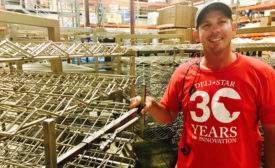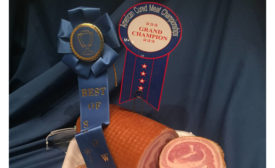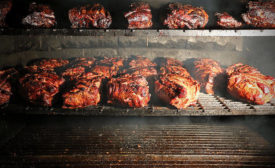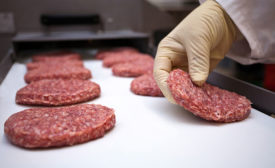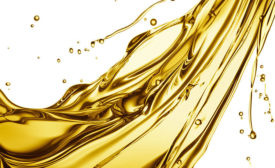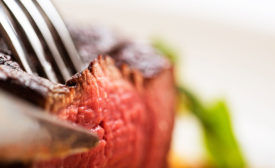Meat and Poultry Processing
Processing Tech
Portion control is becoming more prominent as the size of meat and poultry carcasses expand and consumers seek more manageable and economical protein selections.
Read More
Prime Cuts news
Taking the initiative in worker safety
A Deli Star production manager devises a better, safer smokehouse cart after a workplace injury.
Read More
Tech Processing
Cleaning wastewater, naturally
Poultry and beef processors experiment with new technologies to clean wastewater and reduce their water footprints.
Read More
Business Strategies | Employee Matters
How the meat processing industry can attract and retain good employees
Read MorePrime Cuts news
American Cured Meat Championships crowns champions in Lexington
The Country Meat Shop of Moberly, Mo. wins the Best in Show Award for its Round Deli Bacon.
Read More
Processing Tech
Operational challenges of cooked, fried and smoked meat and poultry
The heat is on: Providers of cooked, fried and smoked meat and poultry must deal with a unique array of operational challenges.
Read More
Processing Tech
The form of things to come: Optimal forming technologies
Meat, poultry and seafood processors can bolster operations by leveraging optimal forming technologies, but there are limits to what the equipment can provide.
Read More
Spare Parts Know-How
Spare parts obsolescence: The big lie
Spare parts obsolescence can’t be eliminated, but it can be managed.
Read More
Process Tech
Machine lubrication: Don't let standards slip
Meat and poultry processors can enhance plant operations and the bottom line by adhering to stringent lubrication protocols.
Read More
Meat Science Review
Superoxide Dismutase Activity and beef tenderness
Evaluating the relationship between Superoxide Dismutase
Activity and Tenderness of USDA Prime and Select-grade beef.
Read More
Stay ahead of the curve. Unlock a dose of cutting-edge insights.
Receive our premium content directly to your inbox.
SIGN-UP TODAYCopyright ©2024. All Rights Reserved BNP Media.
Design, CMS, Hosting & Web Development :: ePublishing


